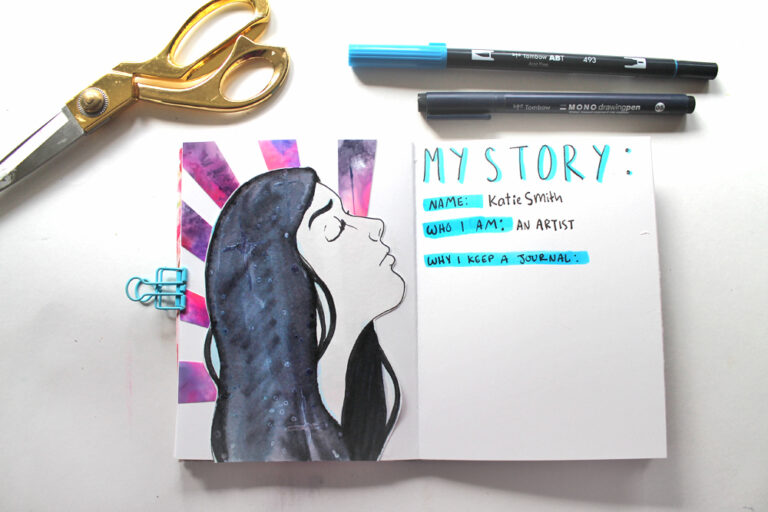Mangasusus, also known as the “manga monkey”, is a species of primate that can be found in the forests of Southeast Asia. These small and elusive creatures have captured the attention of many due to their unique appearance and behavior. In this comprehensive guide, we will take a closer look at mangasusus and explore their habitat, behavior, conservation strategies, and more.
Understanding Mangasusus: A Comprehensive Look
Mangasusus belong to the genus Macaca, which includes other species of macaques such as the Japanese macaque and the rhesus macaque. They are medium-sized primates, with an average weight of 5-10 kilograms and a body length of 40-60 centimeters. Their most distinctive feature is their long, bushy tail, which can measure up to 50 centimeters in length.
These monkeys have a dark grey or black coat, with a lighter colored face and belly. They also have prominent cheek pouches, which they use to store food while foraging. Their faces are adorned with striking white markings around the eyes, giving them a unique and endearing appearance.
Mangasusus are highly social animals and live in groups of 20-30 individuals, led by a dominant male. Within the group, there is a complex hierarchy, with females usually occupying higher ranks than males. They communicate through vocalizations, facial expressions, and body postures, and have a wide range of behaviors, including grooming, playing, and displaying aggression.
Physical Characteristics
As mentioned earlier, mangasusus have a dark grey or black coat, with a lighter colored face and belly. This coloration serves as camouflage in their forest habitat, allowing them to blend in with the shadows and avoid predators. Their fur is thick and dense, providing insulation against the cold and wet climate of their habitat.
Their long, bushy tail is used for balance while moving through the trees and also serves as a communication tool. They can use their tail to signal to other members of their group, whether it’s a warning of danger or a sign of submission.
Mangasusus have sharp claws and opposable thumbs, which allow them to grip onto branches and manipulate objects with ease. This is especially useful when foraging for food, as they can use their hands to open fruits and nuts.
Diet and Foraging Behavior
Mangasusus are omnivores, meaning they eat both plants and animals. Their diet mainly consists of fruits, leaves, seeds, insects, and small vertebrates such as lizards and birds. They are opportunistic feeders and will consume whatever is available in their environment.
These monkeys are diurnal, meaning they are active during the day. They spend most of their time foraging for food, and their social structure allows them to efficiently search for resources. The dominant male usually leads the group to areas with abundant food, while other members of the group keep a lookout for predators.
Mangasusus in the Wild: Habitat and Behavior

Mangasusus are endemic to the forests of Southeast Asia, specifically in countries like Thailand, Malaysia, and Indonesia. They prefer living in dense, tropical rainforests, but can also be found in secondary forests and even agricultural areas.
Their habitat is characterized by tall trees, thick vegetation, and a diverse range of plant and animal species. This provides them with ample opportunities for foraging and shelter from predators. However, due to deforestation and human activities, their habitat is rapidly decreasing, putting these primates at risk.
Social Structure and Reproduction
As mentioned earlier, mangasusus live in groups of 20-30 individuals, led by a dominant male. Within the group, there is a complex social hierarchy, with females usually occupying higher ranks than males. This hierarchy is maintained through displays of aggression and submission, as well as grooming and other forms of social bonding.
Mangasusus have a polygynous mating system, meaning one male mates with multiple females within the group. Females give birth to a single offspring every 2-3 years, and the entire group takes part in caring for the young. This communal care allows the mother to forage for food while others watch over and protect the infant.
Communication and Behavior
Mangasusus have a wide range of vocalizations, including grunts, barks, and screams, which they use to communicate with each other. They also have a variety of facial expressions and body postures that convey different messages, such as fear, aggression, or submission.
Their behavior is highly influenced by their social structure, and they spend a significant amount of time grooming each other. This not only helps maintain hygiene but also strengthens social bonds within the group. They also engage in play behavior, which is essential for the development of young individuals and maintaining social relationships.
Conservation Strategies for Mangasusus
Mangasusus are listed as vulnerable on the IUCN Red List, with their population declining due to habitat loss and fragmentation, hunting, and the pet trade. It is estimated that their population has decreased by 30% in the last 30 years, and if conservation efforts are not implemented, they could face extinction in the near future.
To protect mangasusus, several conservation strategies have been put in place, including:
Protected Areas and Habitat Restoration
The establishment of protected areas, such as national parks and wildlife reserves, is crucial for the conservation of mangasusus. These areas provide a safe haven for these primates and help prevent further habitat loss and fragmentation. Habitat restoration efforts, such as reforestation and the creation of wildlife corridors, can also help reconnect fragmented habitats and increase the available living space for mangasusus.
Community-Based Conservation
Involving local communities in conservation efforts is essential for the long-term survival of mangasusus. This can be achieved through education and awareness programs, as well as providing alternative livelihoods that do not involve activities harmful to these primates, such as logging or hunting.
Anti-Poaching Measures
Poaching is a significant threat to mangasusus, as they are often hunted for their meat and body parts, which are used in traditional medicine. To combat this, anti-poaching measures, such as increased patrols and stricter law enforcement, need to be implemented.
The Importance of Mangasusus in the Ecosystem

Mangasusus play a crucial role in the ecosystem of Southeast Asia. As seed dispersers, they help maintain the diversity of plant species in their habitat. They also serve as prey for larger predators, contributing to the balance of the food chain.
Their social behavior and communication also make them important for research on primate behavior and evolution. By studying mangasusus, we can gain a better understanding of how social structures and communication systems develop in primates.
Threats to Mangasusus and Their Survival
As mentioned earlier, the main threats to mangasusus are habitat loss and fragmentation, hunting, and the pet trade. These threats are primarily driven by human activities, such as deforestation for agriculture and logging, as well as the demand for exotic pets.
The destruction of their habitat not only reduces the available living space for mangasusus but also isolates populations, making them more vulnerable to genetic diseases and other threats. Hunting and the pet trade also have a significant impact on their population, as they are slow to reproduce and cannot sustain high levels of exploitation.
Mangasusus and Human Interaction
Mangasusus have had a long history of interaction with humans, both positive and negative. In some cultures, they are considered sacred and are protected by local beliefs and customs. However, in other areas, they are hunted for their meat and body parts, or captured for the pet trade.
Human activities, such as deforestation and agriculture, have also brought mangasusus into closer contact with humans, leading to conflicts. These primates are often seen as pests by farmers, as they can cause damage to crops and plantations. This has resulted in retaliatory killings and further threats to their survival.
Future Prospects for Mangasusus
The future of mangasusus is uncertain, but there is still hope for their survival. With the implementation of effective conservation strategies and increased awareness about the importance of these primates, we can work towards securing their future.
It is also essential to address the root causes of their decline, such as deforestation and unsustainable hunting practices. By promoting sustainable land use and alternative livelihoods, we can reduce the pressure on mangasusus and their habitat.
Mangasusus as a Model Species for Primate Research
Mangasusus have unique physical characteristics and social behaviors that make them an ideal model species for primate research. Their close genetic relationship to humans also makes them valuable for studying human evolution and behavior.
Research on mangasusus has provided insights into topics such as social structure, communication, and cognition in primates. They have also been used in biomedical research, contributing to advancements in medicine and disease treatment.
The Fascinating World of Mangasusus
In conclusion, mangasusus are fascinating creatures that play an important role in the ecosystem of Southeast Asia. Their unique appearance, social behavior, and interactions with humans make them a subject of interest for researchers and nature enthusiasts alike.
However, their survival is threatened by human activities, and it is up to us to take action and protect these primates for future generations. By understanding and appreciating mangasusus, we can work towards securing their place in the wild and ensure that they continue to thrive in their natural habitat.
Read more blogs : Az Ranker: The Complete Tool to Boost Your Amazon Business




















+ There are no comments
Add yours